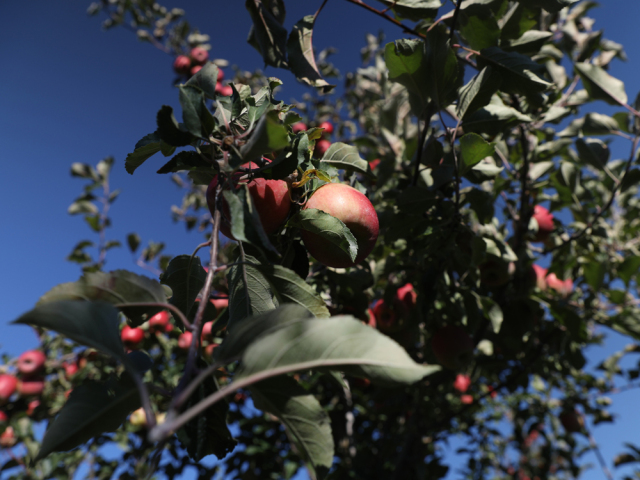Well, investors, did you enjoy ‘Shocktober’? Yes, it was a brutal last month in the stock market, as investors fretted about mid-term elections, earnings and interest rates. For a while, it certainly looked like 2008 all over again, with tech stocks posting their worst month in nearly a decade. Pundits called for the “end of the bull” and of course all the doomsayers with wringing their hands with glee. We heard from many investors who were shifting to cash, “until the market settles down” or ”corrects dramatically.”
But, as usual, fear took over from reality. Even with some big corporate earnings misses, markets eventually calmed down. The main drivers of the stock market — interest rates and earnings — are still positive for the market. Takeovers continue and dividends keep increasing. While October certainly was no fun, for seasoned (i.e. old) investors like us it was just another month.
Here are five reasons why investors might not want to worry so much about events in October.
Market valuations are now very reasonable
According to FactSet, the forward 12-month price to earnings (P/E) ratio for the S&P 500 is now 15.6. This P/E ratio is below the five-year average (16.4) but above the 10-year average (14.5). With very strong economic conditions, good corporate earnings growth and lots of dividend increases and acquisitions, we would not view a 15 P/E as at all excessive. There has been lots of chatter about the ‘overvalued’ stock market, but it simply is just not the case. Put another way, just because a bull market has run a long time does not automatically mean it needs to stop.
Economic conditions are more than just ‘not bad’ — they are great
Unlike in 2008, we do not have a seize-up of credit markets. Employment is at a record. Commodity prices are not surging. Corporate earnings are solid. Things, simply put, are just not bad at all. Generally, the market reacts to the economy. The sharp sell-off in October simply made little sense if you look at economic strength, particularly in the U.S.
Investors were really not that scared

In terms of real panic for investors, October really was not even close to other panics.
While we will never ignore market signals, we simply were not that worried in October because we were closely watching the VIX, or volatility index. It never breached 30. In 2008, it hit 80. Even in February — this year’s other “panic” — it hit 37. In 2011, it hit 48. Thus, in terms of real panic for investors, October really wasn’t even close to other panics, which of course, all proved to be opportune buying times (as panic usually is).
Money still came into the market
We like Vanguard ETFs, as the company has been a big driver of getting investors’ fees down. We like also to watch Vanguard’s fund flows, as it has a huge individual retail investor base. Once again (as it has for more than a decade) Vanguard reported net fund inflows in October. It is always hard to get a bear market rolling if money continues to pour into the market.
Buffett is still buying

Warren Buffett is still buying.
Warren Buffett bought back close to US$1 billion in shares in his Berkshire Hathaway holding company in August, and the company finally made a dent in its giant cash hoard (still US$243 billion!). We haven’t seen his October buying numbers, but, as in 2008, when Mr. Buffett came in with US$5 billion to support Goldman Sachs while the financial world was imploding, he likes to buy when others are selling, and his timing is far more right than wrong. Investors could do worse than following his lead.
Even with October’s swoon, all U.S. indices are now up on the year, recovering nicely. Looks like it could be time for a Santa Claus rally.
Peter Hodson, CFA, is Founder and Head of Research of 5i Research Inc., an independent research network providing conflict-free advice to individual investors








